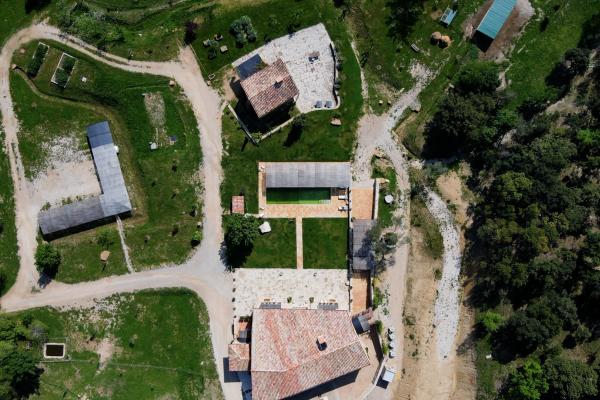Overview
Floods are the most common and most costly natural disasters in Europe. They are becoming more frequent due to climate change and have devastating effects, endangering lives and leading to heavy economic losses. Floods can also release pollutants stored in the ground and spread them even more widely. Floods may also destroy wetland areas and reduce biodiversity.
It is expected that the coming decades are likely to see a higher flood risk in Europe and greater economic damage. With the right measures, we can reduce their likelihood and limit their impact. Integrated flood risk management must focus on sustainable water management and measures that strengthen the resilience of nature and society to extreme weather events.
Flood risk management can go hand in hand with nature protection and restoration, and deliver benefits for both people and nature.
Objectives
The EU aims to reduce and manage the risks that floods pose to human health, the environment, cultural heritage and economic activity.
Law
Under the Floods Directive (Directive 2007/60/EC on the assessment and management of flood risks), all EU countries are required to
- assess all areas where significant floods could take place
- map the flood extent and assets and humans at risk in these areas
- take adequate and coordinated measures to reduce this flood risk
The rights of the public to access this information and to have a say in the planning process are also important elements of the Directive.
EU countries are required to create and update Flood Hazard Maps and Flood Risk Maps. Flood Hazard Maps should cover the geographical areas which could be flooded and Flood Risk Maps show the potential adverse consequences associated with these flood scenarios. These maps form the basis for the drafting of flood risk management plans.
Flood risk management is an integral part of integrated river basin management. The Floods Directive is therefore closely coordinated with the Water Framework Directive. In particular, coordinating flood risk management plans, river basin management plans, and public participation procedures.
Implementation
The Floods Directive foresees 6-yearly cycles aiming to reduce the risk of flood damage in the EU. The first cycle of implementation was 2010- 2015. The second cycle of implementation covered the period 2016-2021. The Commission assessed the second cycle’s Preliminary Flood Risk Assessments as prepared by the Member States. These assessments and an EU overview were published in the 6th Implementation Report in December 2021.The third cycle covers 2022-2027.
See the flood risk areas viewer, presenting the areas in the EU which, according to national authorities, carry a potentially significant flood risk.
To support the implementation of the Directive a Working Group on Floods has been established.
Studies and publications
Note and Annex: Towards Better Environmental Options for Flood risk management
- Nature-based solutions in Europe: Policy, knowledge and practice for climate change adaptation and disaster risk reduction
- Global and European sea level rise
- Extreme sea levels and coastal flooding
- Healthy floodplains have a key role to play in improving our environment
- Impact of climate change on floods: Survey findings and possible next steps to close the knowledge and implementation gap
- Strengthening the synergies between agriculture and flood risk management in the European Union
- Current Practice in Flood Risk Management
More information
- Climate-ADAPT: European Climate Adaptation Platform
- Climate-ADAPT thematic page on Disaster Risk Reduction
- Climate-ADAPT database: More than 900 entries related to “Flooding”
- EEA web report Europe's changing climate hazards, including hazard page “Wet and dry — heavy precipitation and river floods”
- European Climate Data Explorer (indices with flood-related data to be added during 2022)
Floods Portal on the EU Science Hub - European Flood Awareness System (EFAS)
- Natural Water Retention Measures (NWRM)
- Disaster Risk Management Knowledge Centre
Related links
Related laws: Common Agricultural Policy, Water Framework Directive
Related strategies: Zero pollution action plan, Environmental sustainability in the CAP, Rural Development, EU Strategy on Adaptation to Climate Change, Aarhus Convention, INSPIRE Directive
Related Commission priorities: European Green Deal






